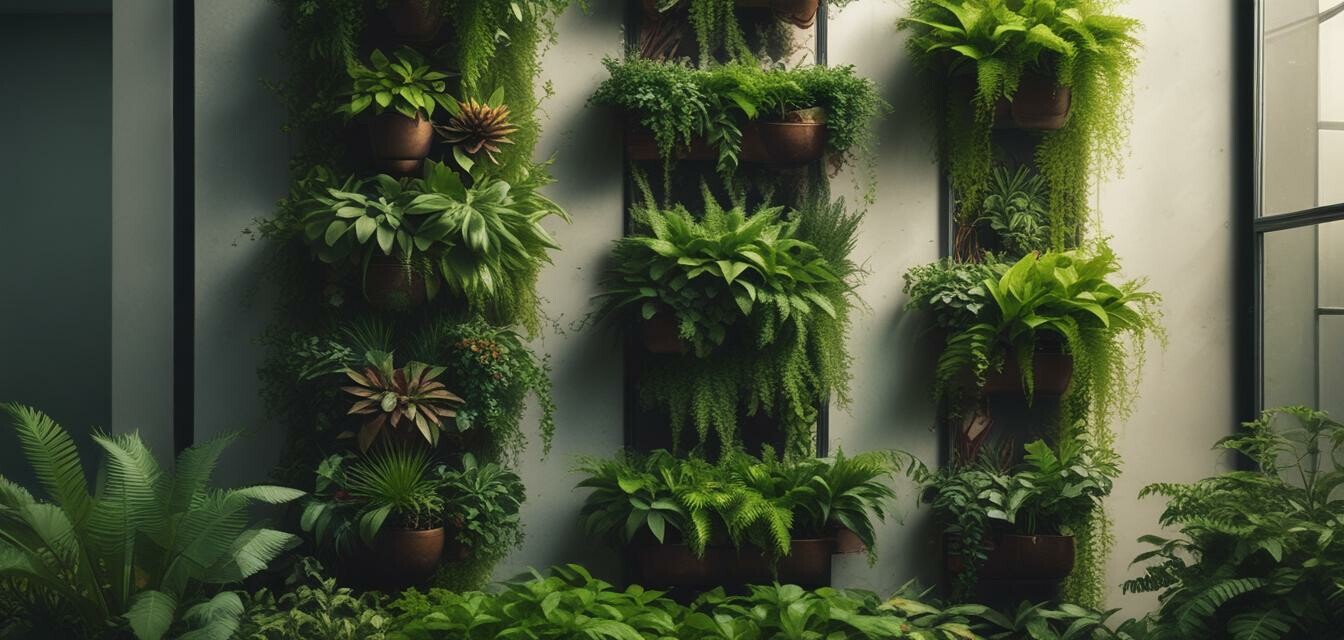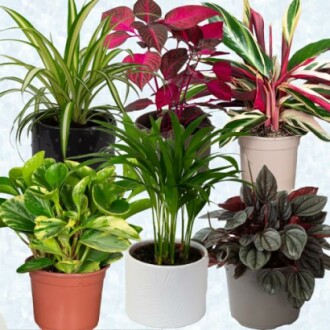
Maximizing Light for Vertical Houseplant Gardens
Key Takeaways
- Understanding light requirements is crucial for plant health.
- Using reflectors can enhance the available light.
- Positioning plants according to their light needs improves growth.
- Artificial lighting can supplement natural light for optimal results.
- Simple techniques can help transform your balcony into a green escape.
Creating a stunning vertical garden in your compact urban balcony is possible with the right techniques, particularly when it comes to maximizing light. In urban settings, natural light can often be limited, but that shouldn’t deter you from growing a vibrant garden. In this article, we’ll explore effective strategies for ensuring your vertical houseplant arrangements receive the light they need for optimal growth.
Understanding Plant Light Requirements
Each plant has distinct light needs, and understanding these can make all the difference in your gardening success. Here’s a breakdown of common light requirements:
| Light Level | Description | Examples of Plants |
|---|---|---|
| Full Sun | 6+ hours of direct sunlight | Succulents, Cacti, Tomatoes |
| Partial Sun | 4-6 hours of direct sunlight | Peppers, Basil, Lavender |
| Indirect Light | Bright but filtered light | Ferns, Snake Plants, Pothos |
| Low Light | 2-4 hours of light, often shaded | ZZ Plant, Cast Iron Plant, Spider Plant |
Optimizing Your Space for Light
To make the most of the light in your vertical garden, consider the following techniques:
1. Positioning Your Plants
Understanding how sunlight travels in your specific environment is crucial. Position your plants so that their light requirements align properly with available light. Here are some tips:
- Place sun-loving plants at the top where they'll get the most sunlight.
- Arrange shade-tolerant plants below to prevent them from burning.
- Rotate your plants occasionally to ensure all sides receive enough light.
2. Using Reflectors
Consider incorporating reflectors to amplify the light your plants receive. Reflective surfaces can bounce light back toward your plants, improving their exposure. You can use:
- White walls or cardboard as DIY reflectors.
- Commercially available gardening reflectors.
3. Artificial Lighting Options
If natural light is still insufficient, think about using artificial lighting. This is especially useful during seasons when daylight hours are shorter. Here are some lighting options:
- LED grow lights – energy-efficient and can provide the full spectrum of light required by plants.
- Fluorescent lights – a budget-friendly option, good for starting seedlings.
Product Highlight: Pet Friendly House Plants
For a vertical garden that's vibrant and safe for pets, consider adding these 6 x Pet Friendly House Plants. Here's a detailed look:
6 x Pet Friendly House Plants
A mix of non-toxic house plants that are perfect for households with pets. Brighten up your home while keeping your pets safe.
Learn MoreMaintenance Tips for Vertical Gardens
Maintaining your vertical garden is essential to continue having healthy plants. Here are some quick tips:
- Regularly check the light conditions and adjust your setup if necessary.
- Ensure your plants have adequate watering based on their needs.
- Prune and trim plants as needed to promote healthy growth and airflow.
Conclusion
Maximizing light for your vertical houseplant garden can significantly enhance the vibrancy and health of your plants. By understanding their light requirements and utilizing effective techniques, you can create a lush sanctuary on your balcony. Remember, a little effort goes a long way in transforming your urban space into a green oasis!
Additional tips for beginners
- Start with a few plants and expand as you gain confidence.
- Label your plants according to their light requirements.
- Join local gardening groups for advice and inspiration.
Further Reading
For more insights into balcony gardening, check out the following resources:
- Vertical Gardening Techniques - Learn the fundamentals of vertical gardening.
- Balcony Garden Design Ideas - Explore design concepts that fit small spaces.
- Herb Gardens - Discover how to grow herbs on your balcony.
- Balcony Gardening Problems and Fixes - Troubleshoot common gardening issues.
- Plant Selection for Balconies - Choose the best plants for your balcony conditions.
